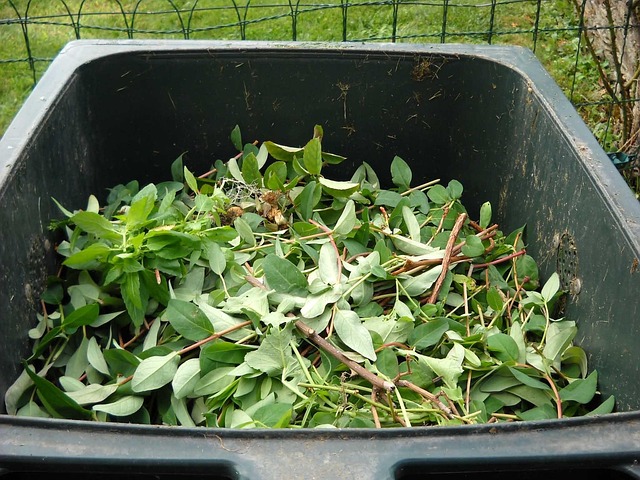Urban wildlife is often overlooked in the hustle and bustle of city life, yet it plays a crucial role in maintaining our ecosystem. When we think of cities, we envision towering buildings, busy streets, and limited green spaces. However, these urban landscapes can be transformed into sanctuaries for various wildlife species through eco-friendly garden practices. By implementing sustainable gardening techniques, we can foster a harmonious relationship between urban dwellers and the wildlife that share our environment.
Creating a habitat that attracts urban wildlife begins with understanding their needs. Birds, butterflies, and beneficial insects thrive in environments that provide food, water, and shelter. Simple actions can make a significant impact. Planting native species not only supports local wildlife but also reduces the need for chemical fertilizers and pesticides, promoting a healthier ecosystem. Native plants are well-adapted to local climates, pests, and diseases, ensuring minimal maintenance while providing essential resources for wildlife.
Water sources are vital for urban wildlife protection. Incorporating bird baths, small ponds, or rainwater collection systems in your garden can create a refreshing oasis for birds and other creatures. These features not only aid in hydration but also serve as attractive elements in your landscaping. Moreover, planting diverse vegetation around these water sources can enhance the aesthetic appeal of your garden while providing shelter and breeding grounds for various species.
Pollinators, such as bees and butterflies, are crucial for maintaining our food systems and biodiversity. To support these vital creatures, consider establishing a pollinator-friendly garden. This can be accomplished by planting a variety of flowering plants that bloom at different times throughout the year, ensuring a continuous food supply. Additionally, minimizing the use of pesticides will protect these beneficial insects, allowing them to thrive and contribute to healthy ecosystems.
Garden structures such as compost bins and wildlife-friendly habitats can further enhance urban wildlife protection efforts. Composting not only reduces waste but also enriches soil health, thereby supporting a flourishing garden. Furthermore, providing nesting boxes or shelters will encourage birds, small mammals, and beneficial insects to reside in your garden, contributing to a vibrant and diverse urban ecosystem.
Engaging with your local community can amplify your efforts in promoting urban wildlife protection. Sharing knowledge about eco-friendly gardening practices, participating in group planting events, or creating community gardens can foster a sense of connection among residents. As more individuals embrace sustainable gardening, the cumulative effect can lead to healthier urban environments that welcome wildlife.
By adopting eco-friendly garden practices, we can transform our urban spaces into thriving ecosystems that support wildlife. Taking conscious steps today will benefit not only our gardens but also the broader environment, paving the way for future generations to enjoy the beauty of nature amidst the concrete skyline. Together, we can be stewards of urban wildlife, nurturing the delicate balance between people and nature in our cities.




